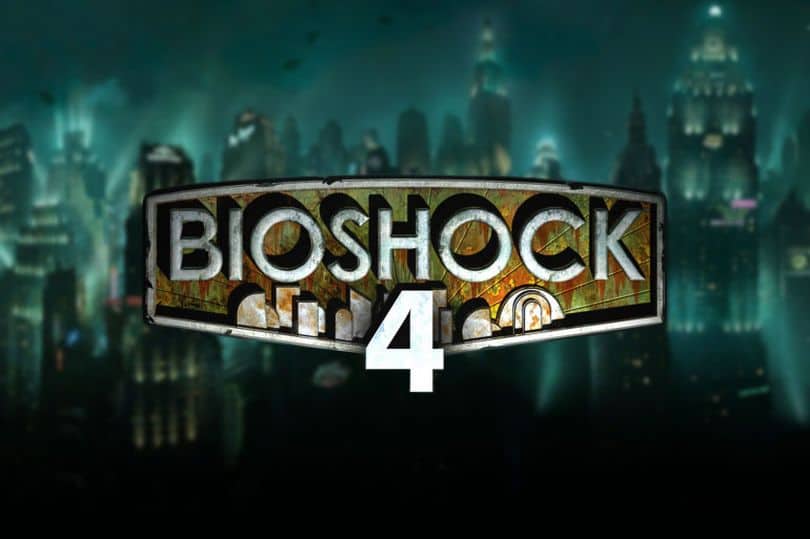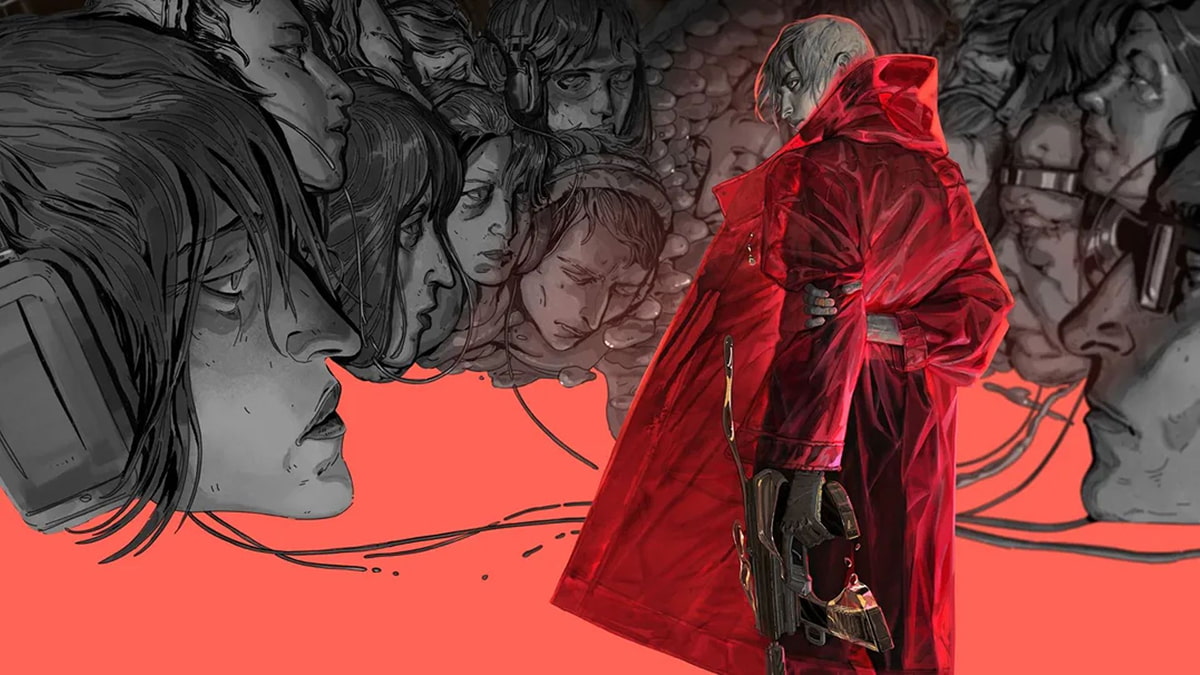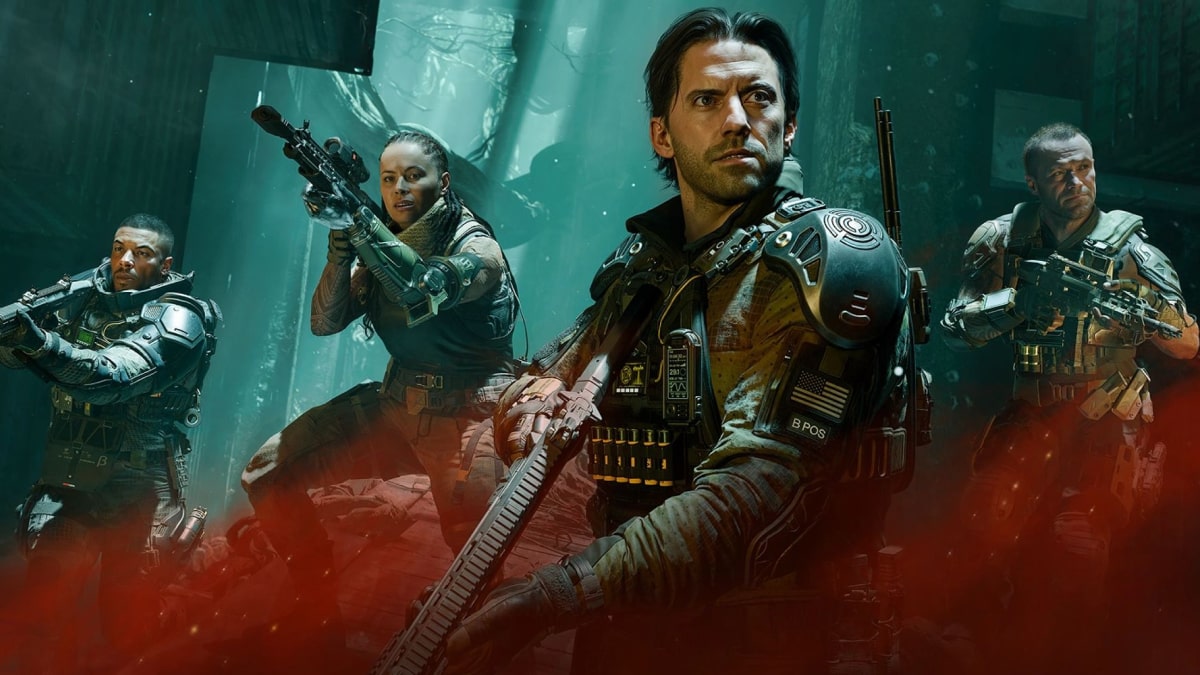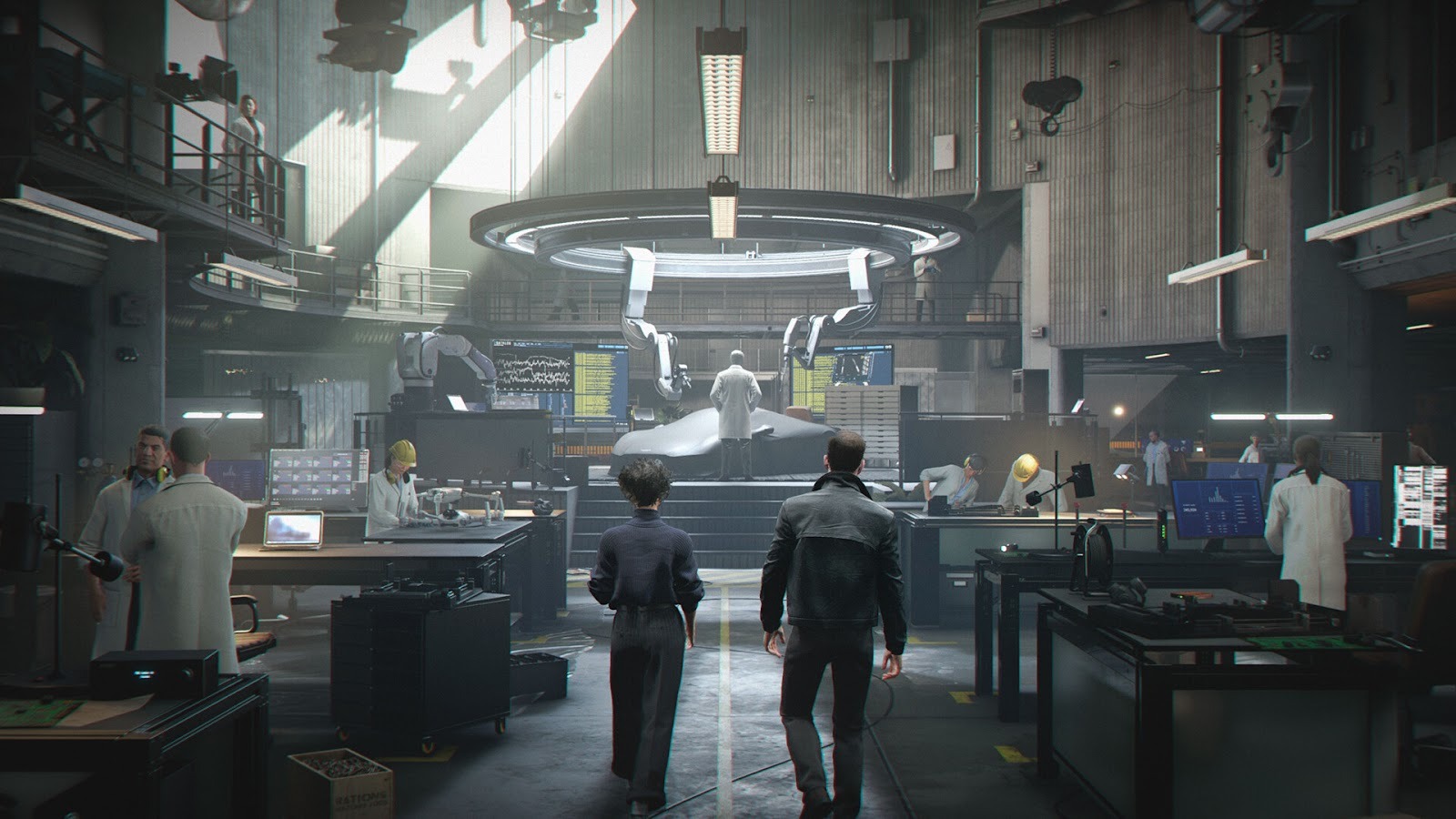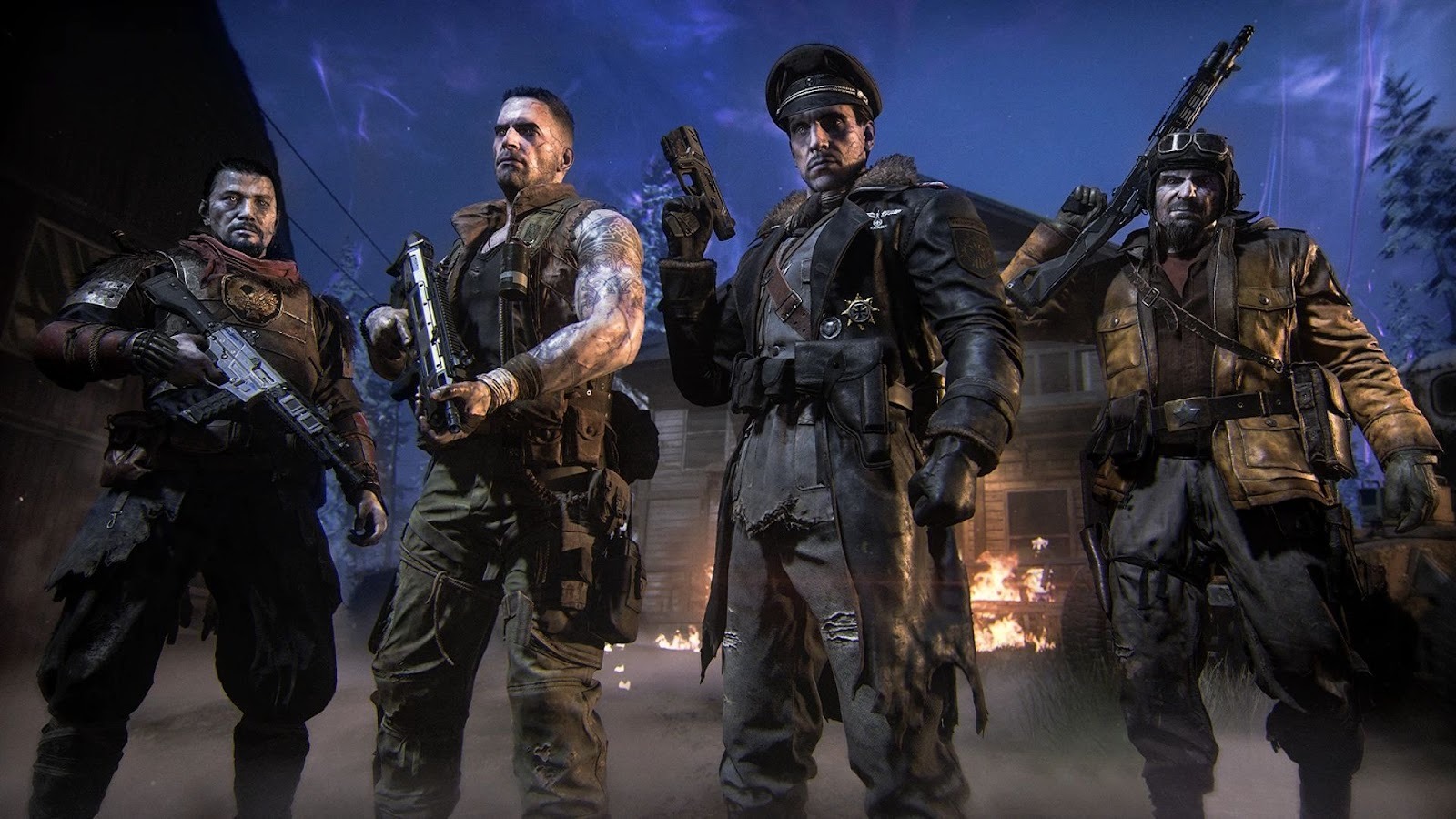You can trust VideoGamer. Our team of gaming experts spend hours testing and reviewing the latest games, to ensure you're reading the most comprehensive guide possible. Rest assured, all imagery and advice is unique and original. Check out how we test and review games here
So, Mass Effect 3: The Extended Cut is finally here, putting an end to the most popular argument of the gaming year. Or probably not, as the case will invariably be: Now we can argue about which version of the endings is better, and whether the edits were even needed in the first place. Hooray!
In recognition of this historic event, (and by “in recognition of”, I mean, “to swiftly cash-in upon”), here’s my assessment of four games that could also do with a completely new ending.
Note: I’ve deliberately chosen decent games that were let down by their ending, or in the case of Fable III, a game that could have been good in a different universe. If it wasn’t so rubbish. Maybe.
I’ve also restricted myself to games from this generation. If it weren’t for that, I’d be all over Halo 2 like a rash…
CAUTION: This article spoils the endings to Borderlands, BioShock, RAGE and Fable III. Although there’s an argument that the developers already spoiled them…
[hr]
Borderlands
What happens:
Roland, Brick, Lilith and Mordecai are bullet-chomping mercenaries, contacted by a mysterious entity known as The Guardian Angel. Despite the fact that The Guardian Angel has no physical presence – and thus no bank account or wallet with which to pay their merc bill – Roland and co. agree to go looking for The Vault, a secret stockpile of alien goodies, hidden away by a race called the Eridians.
The mercenaries eventually find The Vault. But when they open the oversized door, they discover that it merely contains a Giant Vagina Squid. Which they kill without too much difficulty. The End.
Actually, that’s not the end, because there’s also a bit just afterwards where The Guardian Angel turns out to be a satellite, and Claptrap suddenly turns evil. Presumably because he’s pissed off at having to appear in such a piss-poor, damp squib of an ending.
What should happen:
Let’s be honest here: None of us really cared about the so-called plot in Borderlands. I’ve personally uncovered better stories inside packets of crisps (“I once found a particularly large Monster Munch. It was six inches long. The End.”).
The things that made Borderlands fun were its combat, its Mum jokes, and the bits where you swiped all the loot before your mate could get to the chest. When you have these features in place, your game needs a story like a giraffe needs a hang-glider.
The final boss itself was also a bit rubbish – a reprise of the killer calamari thing from the end of Gearbox’s own Half-Life: Opposing Force, only not as good. Most of us killed it on our first attempt, thought, “Well, that was a bit crap,” and then either went back to our unfinished quests or started a new game plus. If the game had finished with a box that read “Game Complete! Start again or carry on?”, few of us would have complained. The alternative would have been to give us a proper plot to follow from the get-go, ideally one with a modicum of thought behind it.
Either approach would have worked. Instead, Borderlands gave us half a handjob, then strolled out the front door. Not good.
[hr]
BioShock
What happens:
After gently euthanising his eccentric father with the help of a golf club, Jack discovers some unpleasant news: His best buddy, Atlas, is not the cheerful Oirish chap he first appeared to be. Instead, he’s a mobster named Fontaine – a man so evil that he curb-stomps babies and laughs about it while smoking expensive cigars. Probably. At any rate, he’s amazing at doing pretend voices – he’s like a more Satanic version of the chap from FoneJacker. Or a less Satanic version of Alistair McGowen.
At this point the player also discovers some unpleasant news: the best bits of BioShock are over, and now all that remains is a wild goose chase leading up to a spectacularly dumb boss battle with Fontaine. What happens next depends on whether or not you’ve been A Good Person. For the purposes of today’s test, A Good Person is one who doesn’t murder children and then suck out their insides like a milkshake.
The Good Ending: Jack somehow manages to transport all the Little Sisters through a lethally dangerous underwater metropolis. Jack and the children then ride a bathysphere to the surface; they then travel back to civilization, where at least one of them goes to university, and at least one of them gets married (or so it’s implied – in the video the ring goes on the wrong finger, so her new husband is an idiot). Finally, we see Jack dying in his sickbed with the Sisters surrounding him.
Now, there are a number of problems with this. First of all, how do Jack and co. get back to the United States, or wherever they end up? They’re in the middle of the ocean with no boat, no means of communication, and no food or drinkable water. I’m also presuming that Andrew Ryan put the entrance to Rapture in a remote location; when you’re building a secret underwater utopia, free from the constraints of conventional law and morality, it helps if you don’t plonk a bloody great lighthouse in the middle of a busy shipping lane. In short, it’s unlikely anyone would find them before they all die of thirst or starvation.
But say they do, and let’s assume that they get through immigration without a hitch. Where do they live? Who puts food on their table, let alone funds their college degree and weddings? Let’s not forget that Jack willingly turned himself into a Big Daddy in the last act of the game. And as stated in the BioShock Wiki, “After the voice box is modified, the candidates’ skin and organs are grafted into the suit to ensure complete adhesion”. Jack has become a clanking freak of science, trapped forever in a diving suit splattered with the blood of several hundred Splicers. He’s not going to get a job in McDonalds any time soon.
Still, the image above suggests that everything works out. Jack’s suit magically falls off, and the Little Sisters seem to be in good financial health. Look at all those bangles and fancy watches!
/https://oimg.videogamer.com/images/9a01/bioshock_ending.jpg)
The Bad Ending: While it’s arguably even more stupid than The Good Ending, at least BioShock’s Bad Ending is mercifully brief. In this scenario the entrance lighthouse is discovered by a nuclear submarine; Jack and his new army of Splicers rise to the surface in dozens of bathyspheres, kill the crew, and steal the nukes. That’s all we’re shown, but presumably mushroom clouds come into fashion the following summer.
Again, it’s hard to believe that anyone would randomly find Rapture now, given that Ryan somehow kept the place under wraps while he was building a frickin’ city on the ocean floor. But even if the sub did discover the lighthouse, it would invariably find Rapture at the same time. It’s a submarine, after all. So they’ll call it in, right? And at that point we’re supposed to believe that their naval bosses say, “Okay boys, you go investigate. Oh, and while you’re there, don’t bother to secure the nuclear submarine – it’ll probably be fine!”
Even if Jack does defeat the crew and secures the sub, where does he get the launch codes? Did the crew just leave them on a post-it note somewhere? (Actually, if this were Deus Ex, that’s exactly how it would go down – only the codes would be left on someone’s pager, in a nearby toilet.)
What should happen:
I’ll save myself some time and effort here, because games journo Tom Francis has already written the perfect alternative ending. Have a gander at that, then try to tell me it wouldn’t be a million times better.
[hr]
RAGE
What happens:
id Software have many talents, but it’s fair to say that storytelling isn’t their strong suit. RAGE concludes with the player character (who doesn’t get a name) attacking the game’s authoritarian bad guys (the Authority) in their capital city (Capital Prime). I’m guessing that if the same creative team had written Raiders of the Lost Ark, the film would have been called Hat Man Looks For The God Box. Although come to think of it, that’s a pretty good title for a film.
In any case, RAGE deals with a different kind of lost ark. You see, hundreds of pre-apocalypse humans were buried in special Ark fridge-things via an initiative known as The Eden Project. True, there are plenty of other humans who survived the apocalypse without climbing into government ice boxes, but for some reason they don’t matter as much. The chaps on ice are a better class of person, evidently. Perhaps they’re the only people left in existence who can remember how to do The Running Man, and the Mad Max tribes want to learn some new moves, or something.
Either way, to free all his freeze-dried fellow survivors, the player has to press a button in the baddies’ lair. And that, in an exciting finale, is exactly what happens. You push a button, fight about a dozen robot monkey-mutants, and then push it twice more. The first time around, you assume that this will lead to some form of colossal boss fight – but no, that’s the end. As blockbuster climaxes go, this is almost as thrilling as watching your mate use a cash machine. While he’s attacked by robot monkeys.
COME BACK, GIANT VAGINA SQUID! WE LOVE YOU NOW!
What should happen:
This is obvious, isn’t it? I know and you know, so I’m sure that id – the godfathers of FPS, no less – know what is expected of them. WE WANT A BOSS FIGHT, for pity’s sake! Borderlands may have dropped the ball, but at least it gave us something big to kill so we could feel good about ourselves… even if that something was just an oversized mutant pudenda.
In the case of RAGE, I suspect that there’s a clear answer to the question, “What should happen?”. And the answer is: id should give us the content they originally planned.
Now, I freely admit that this is just a hunch, but we already know from the recent Scorcher DLC announcement that at least one bit was hacked out of the game prior to release. Beyond that, RAGE already has one whopping great boss fight roughly halfway through the game; it seems unthinkable that they always planned to wrap up the game with heart-stopping button-press action. But the most damning evidence of all? They give you a new weapon – a bloody great laser Gatling gun – right at the start of the level. What they don’t give you is any real opposition to use it on. You get a smattering of normal enemies, plus the aforementioned robo-monkeys, and nothing more.
Under the circumstances, you almost wish that they’d not given you the gun at all. This is like unlocking the final, most exclusive car in Gran Turismo, and then discovering that it won’t work on any of the existing tracks.
Or like buying Gran Turismo and discovering that it doesn’t have online leaderboards. Oh, wait.
[hr]
Fable III
What happens:
Fable III sets itself up to teach us a lesson in politics. In the first half of the game you set out to depose your despotic brother, and as you recruit allies to your cause you make big promises about what the future will hold when you seize power. But when you finally take the throne, you learn that the kingdom is soon to be attacked by an army of shadowy ink things, who have escaped from Remedy’s Cupboard of Gaming Clichés.
Luckily, you have enough time to prepare your kingdom – but only if you go back on all those promises you made, and make a weapons factory in place of the orphanage you promised the virginal primary school teacher. It’s something like that, anyway. The point is, the game teaches you the truth about government. It’s hard to do politics, and you can’t please everyone. So that means it’s absolutely fine to f*ck over the poor.
COME BACK DAVID CAMERON! WE LOVE YOU NOW!
What should happen:
As anyone who played it can attest, the real problem with Fable III is that it doesn’t deliver on its promises – an ironic flaw, or perhaps a wholly appropriate one.
The truth is that the game would have been a lot better if the whole ‘rise-to-power’ arc had been dealt with in half the time, perhaps even less than that. As it goes, the vast majority of the game resembles… well, the exact same adventure-lite shenanigans we sat through in the last one. You play a few minigames, get married, and guff in your wife’s face. You buy a house, follow the breadcrumb trail to the next objective, and murder a few bad guys – skilfully mashing at the pad with your sausage-like fingers. So far, so Fable.
It’s only at the end that the developers suddenly remember they’ve got a whole other half-game to deliver, and as a result they rush through it like a schoolboy panicking in the closing moments of a GCSE. The game literally speeds through hundreds of days in the course of five minutes. One second you have a full half-year to prepare your town; the next everyone’s tutting and saying, “Ooh, there’s going to be a war tomorrow – and you’re not even dressed yet!” In short, Lionhead totally sell us down the river, with our entire spell on the throne reduced to a handful of binary choices that make very little sense in the first place.
Obvious as it may be to say, the ‘being king’ chunk of Fable III should have been the meat of the game. Fine, give us a bit of old-school adventuring at the beginning, just so we remember that we’re playing a Fable game: after that, however, we should have spent most of our time in charge. Give us hard decisions, yes – but give us lots of them, in situations that require intelligent solutions. Let us engage with Albion, let us develop our attachment to the place, and then let us feel guilty when the fit hits the shan at the end.
Alternatively, the game could have ended with the kingdom being attacked by a Giant Vagina Squid. That would have been awesome.
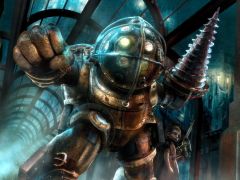
/https://oimg.videogamer.com/images/db8c/borderlands_31.jpg)
/https://oimg.videogamer.com/images/fe2c/rage_20.jpg)
/https://oimg.videogamer.com/images/877e/fable_3_40.jpg)
